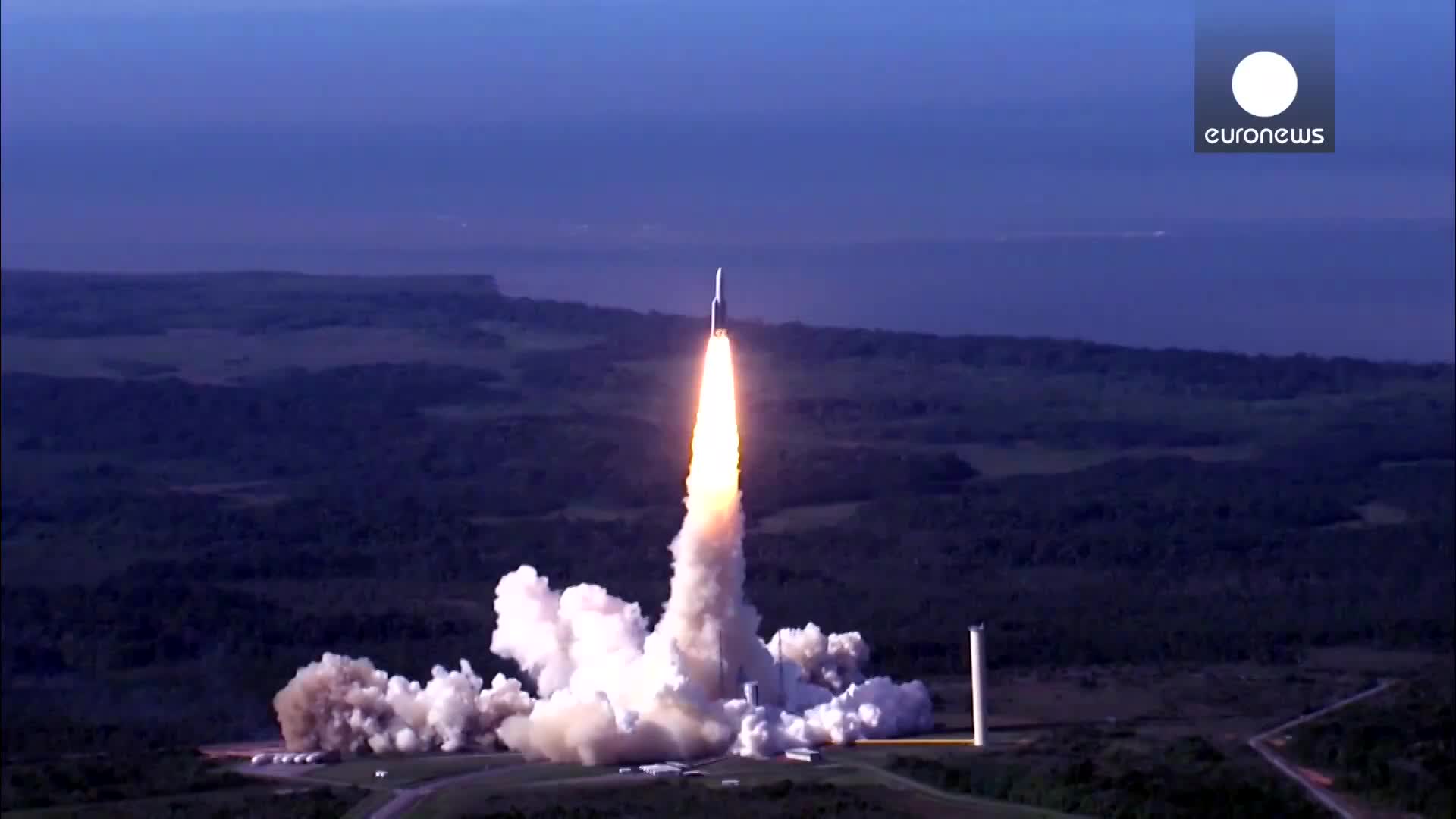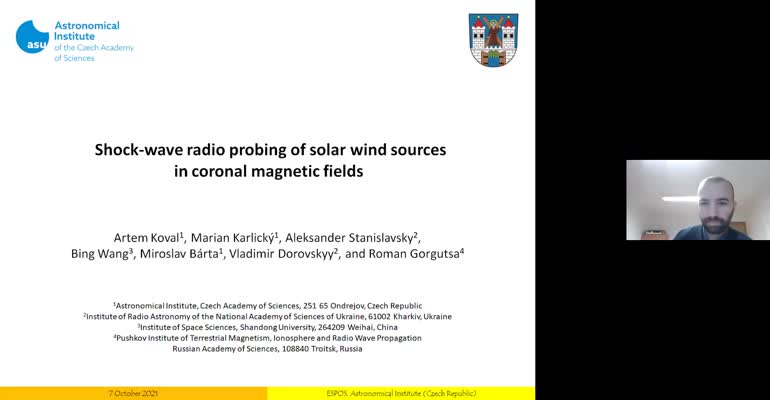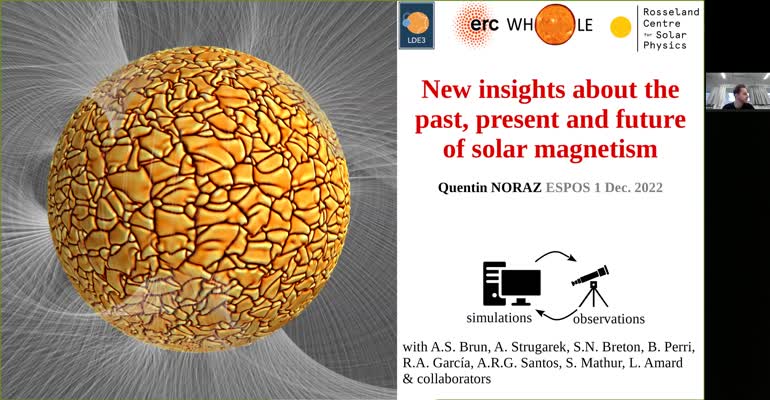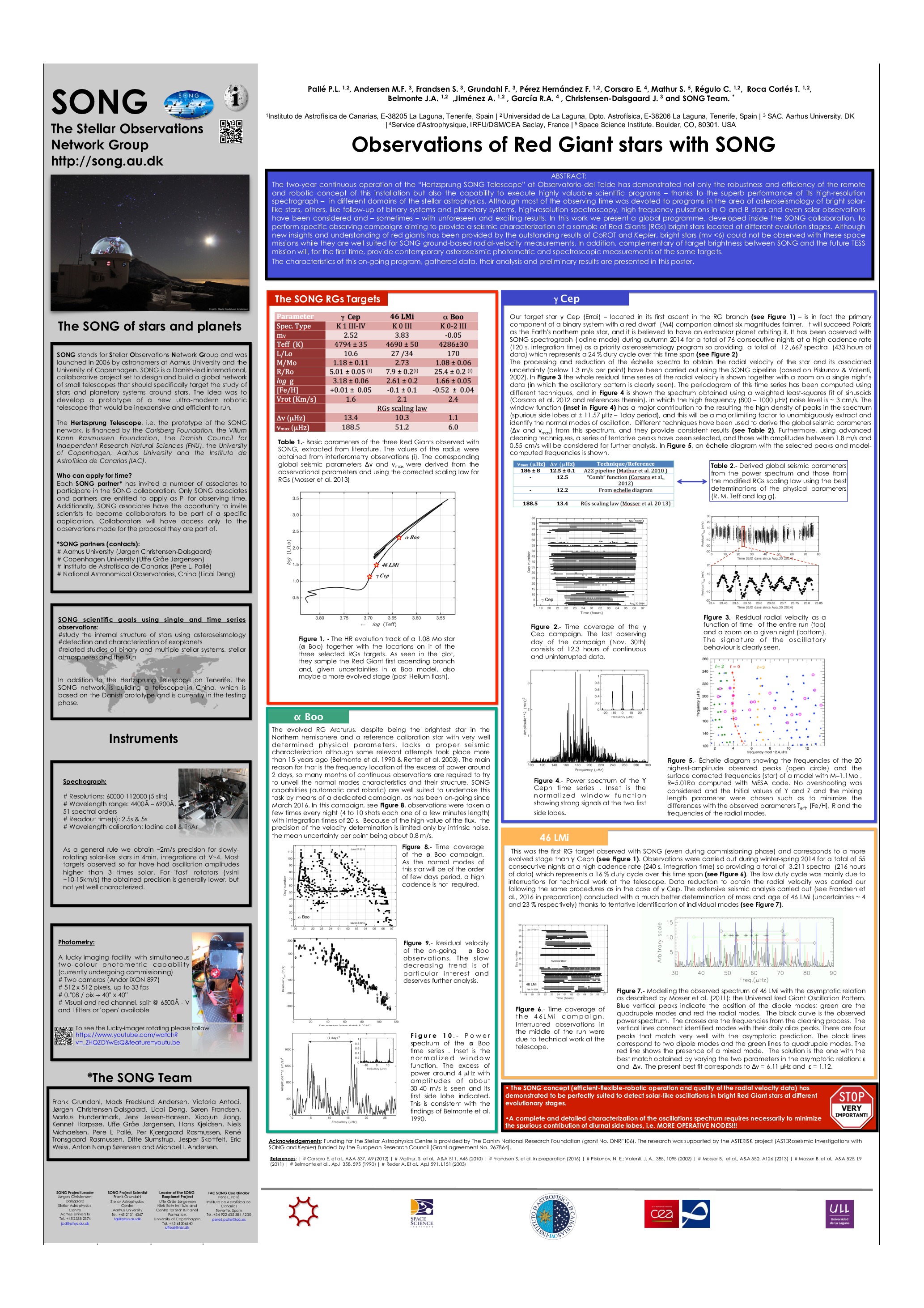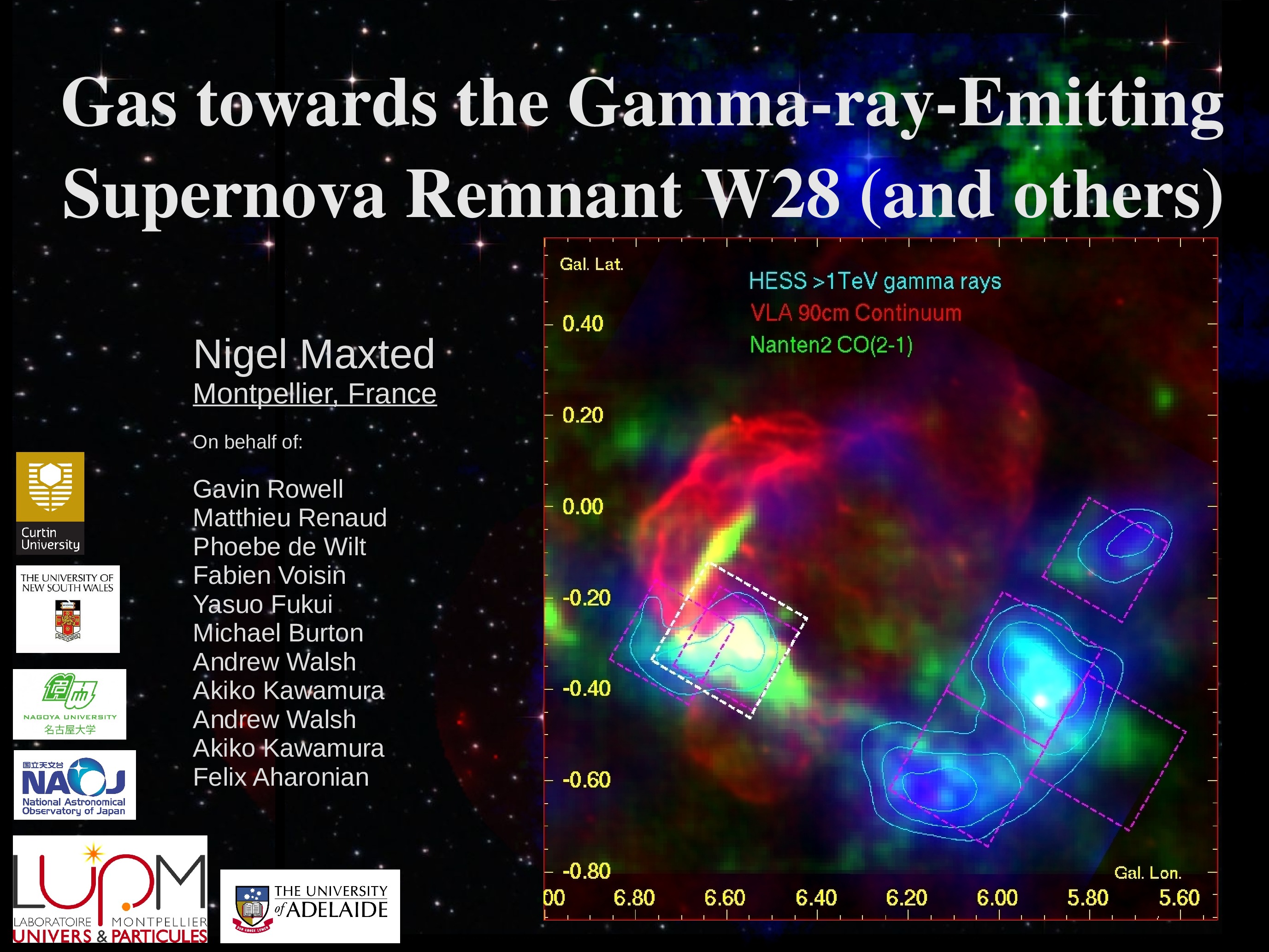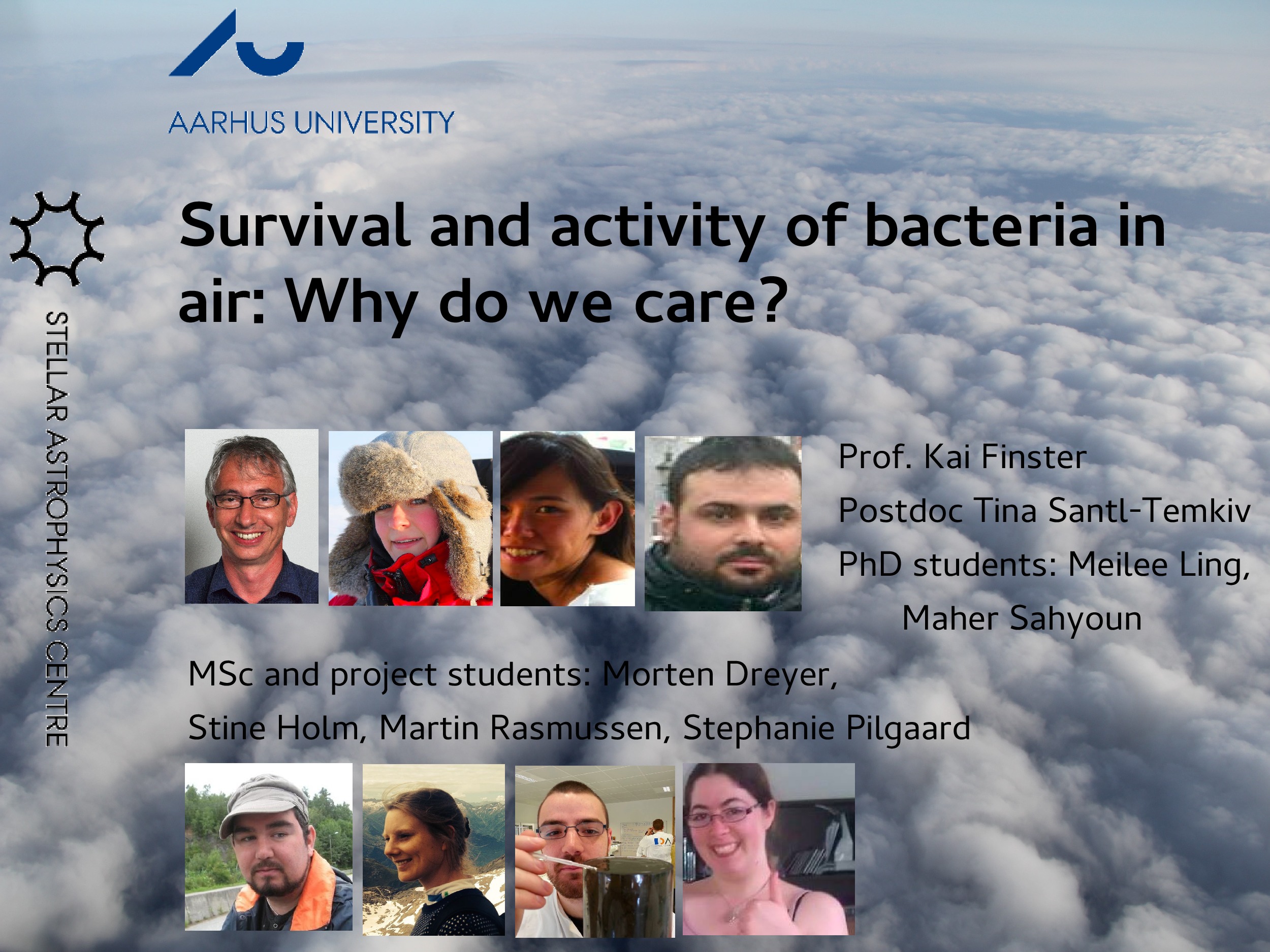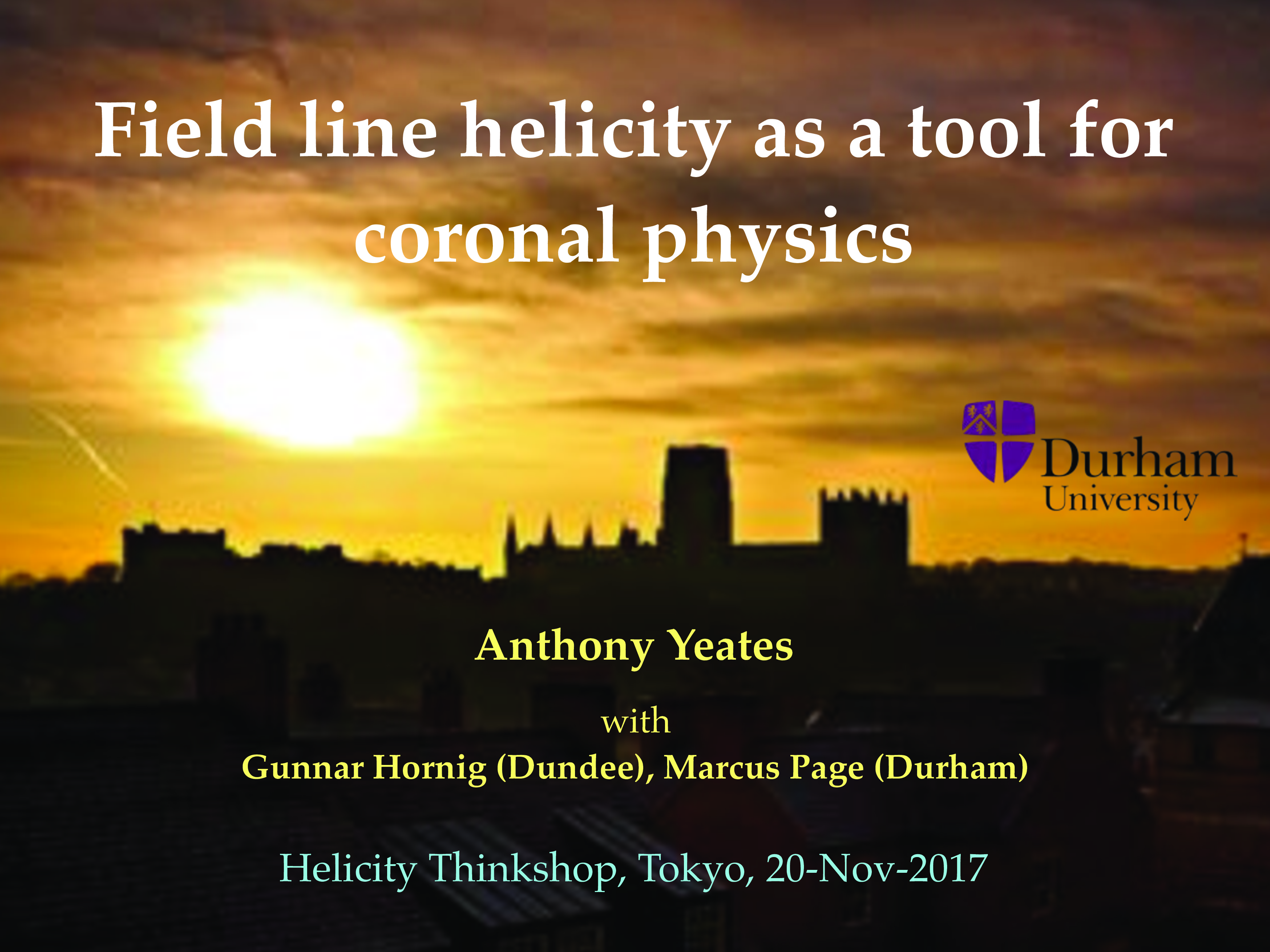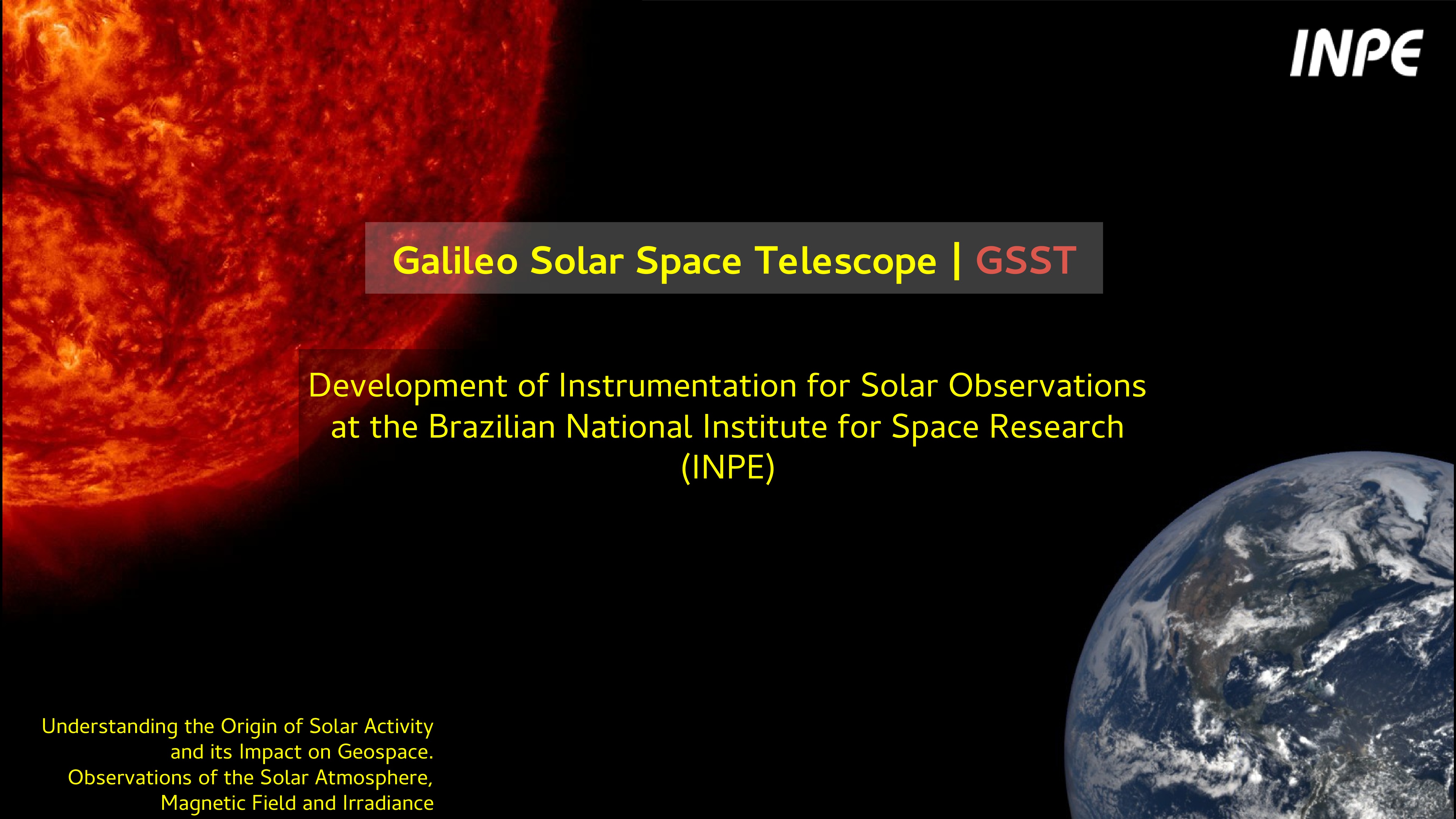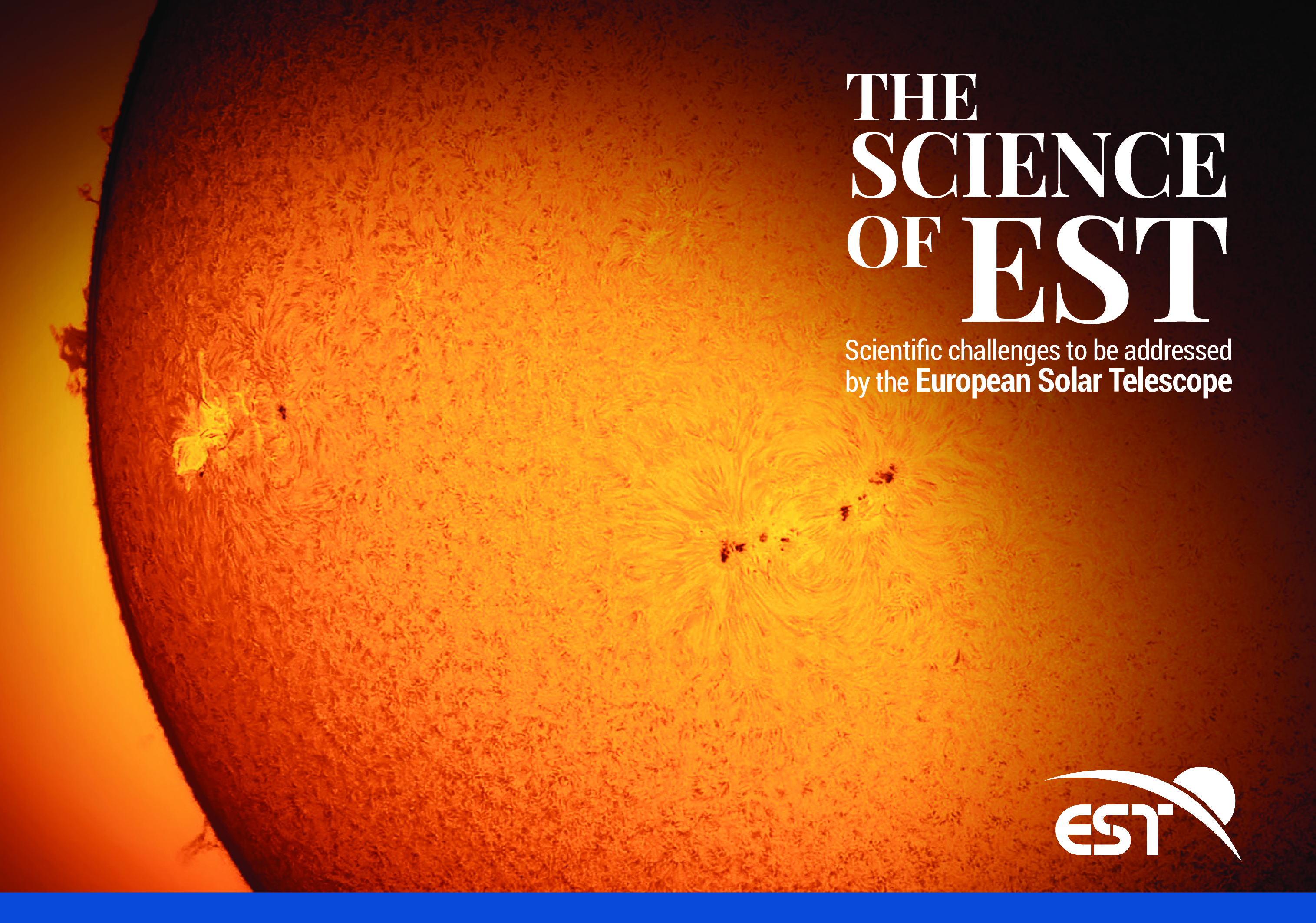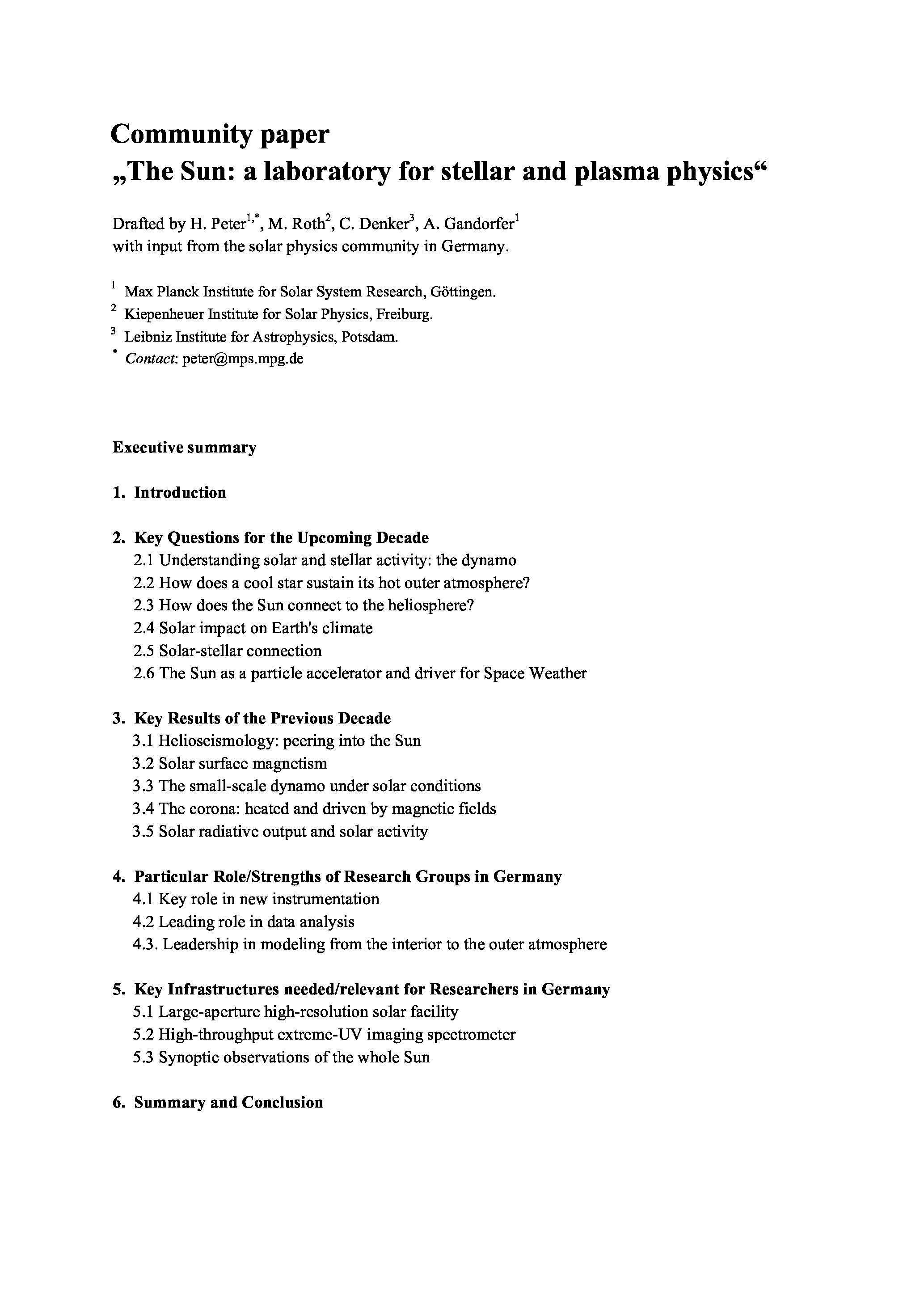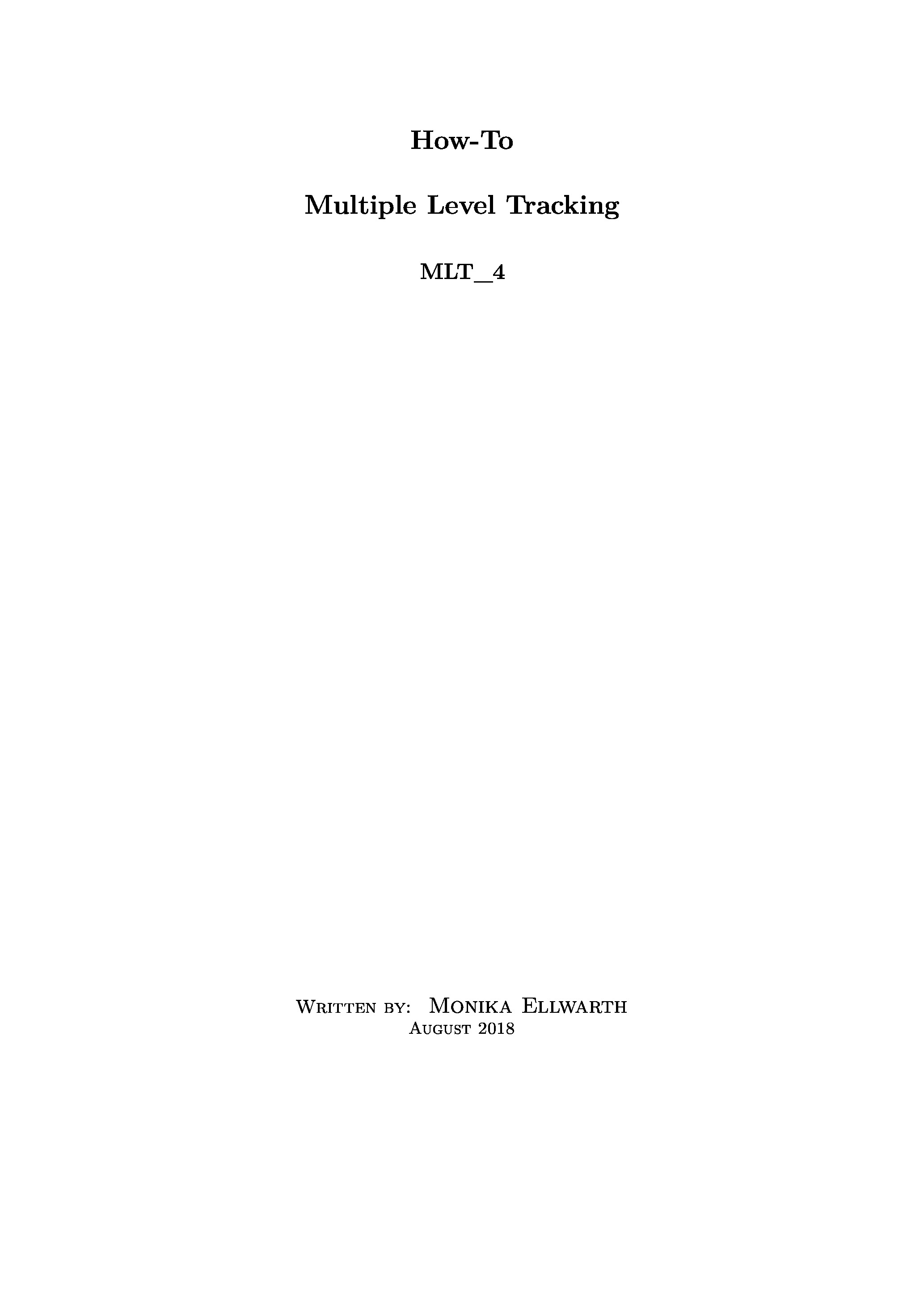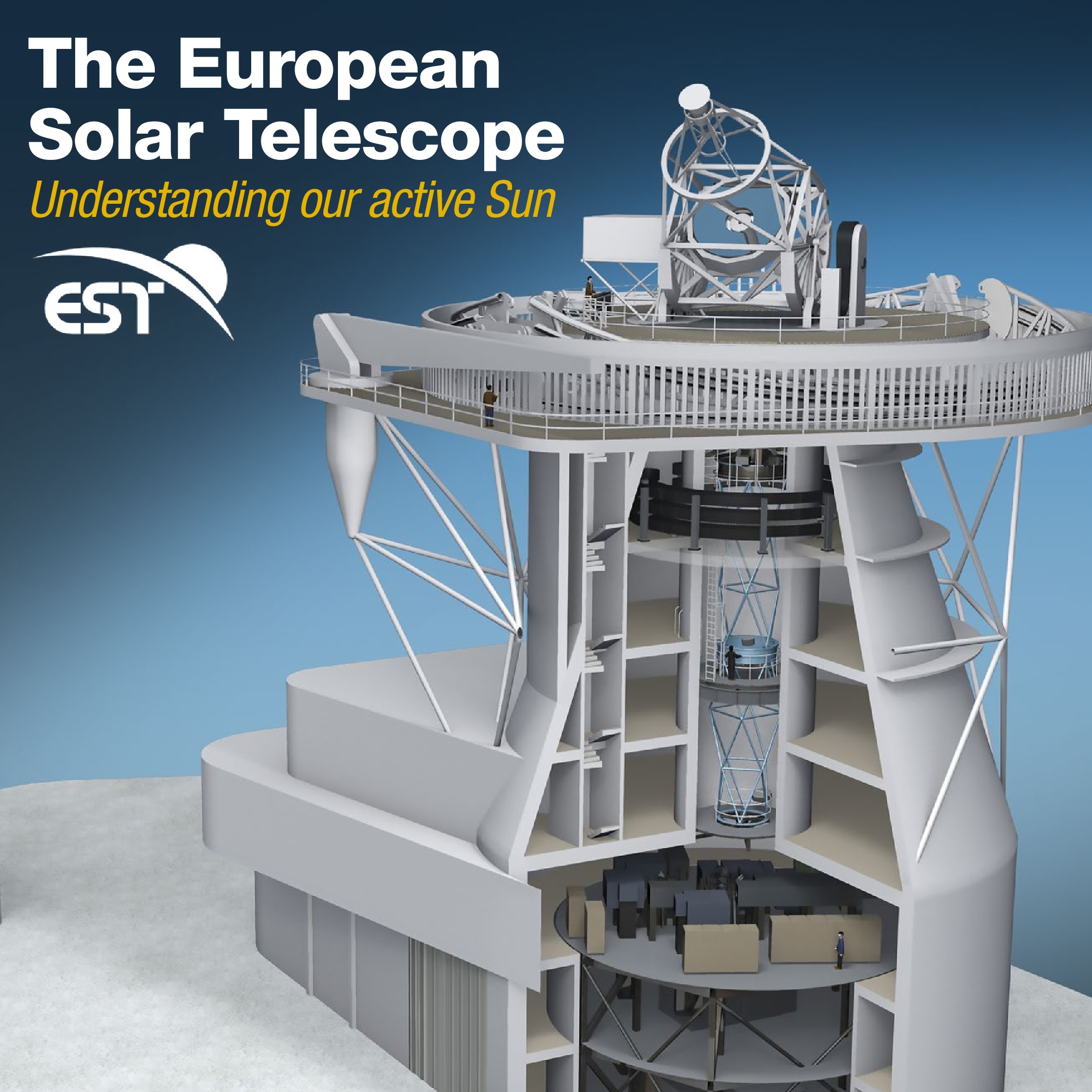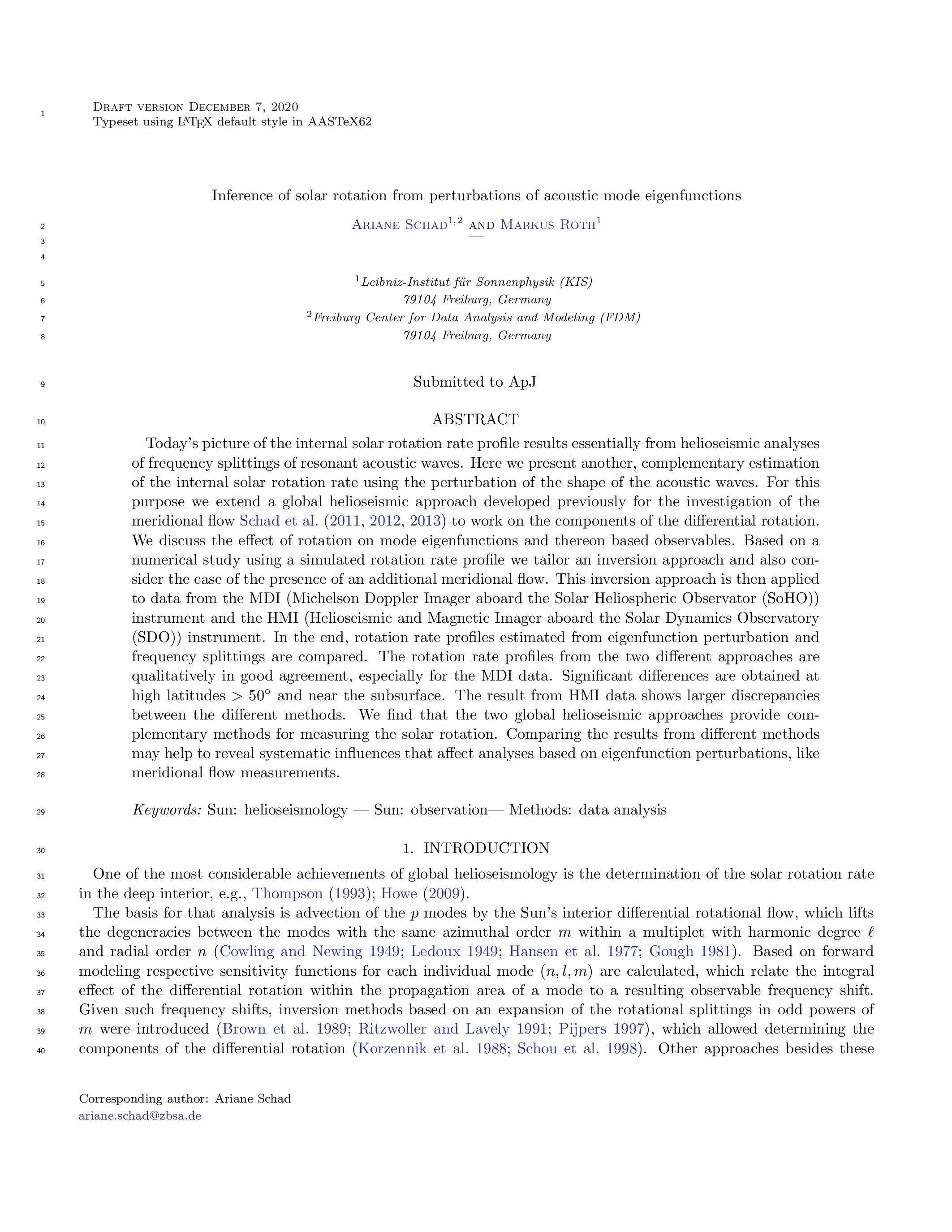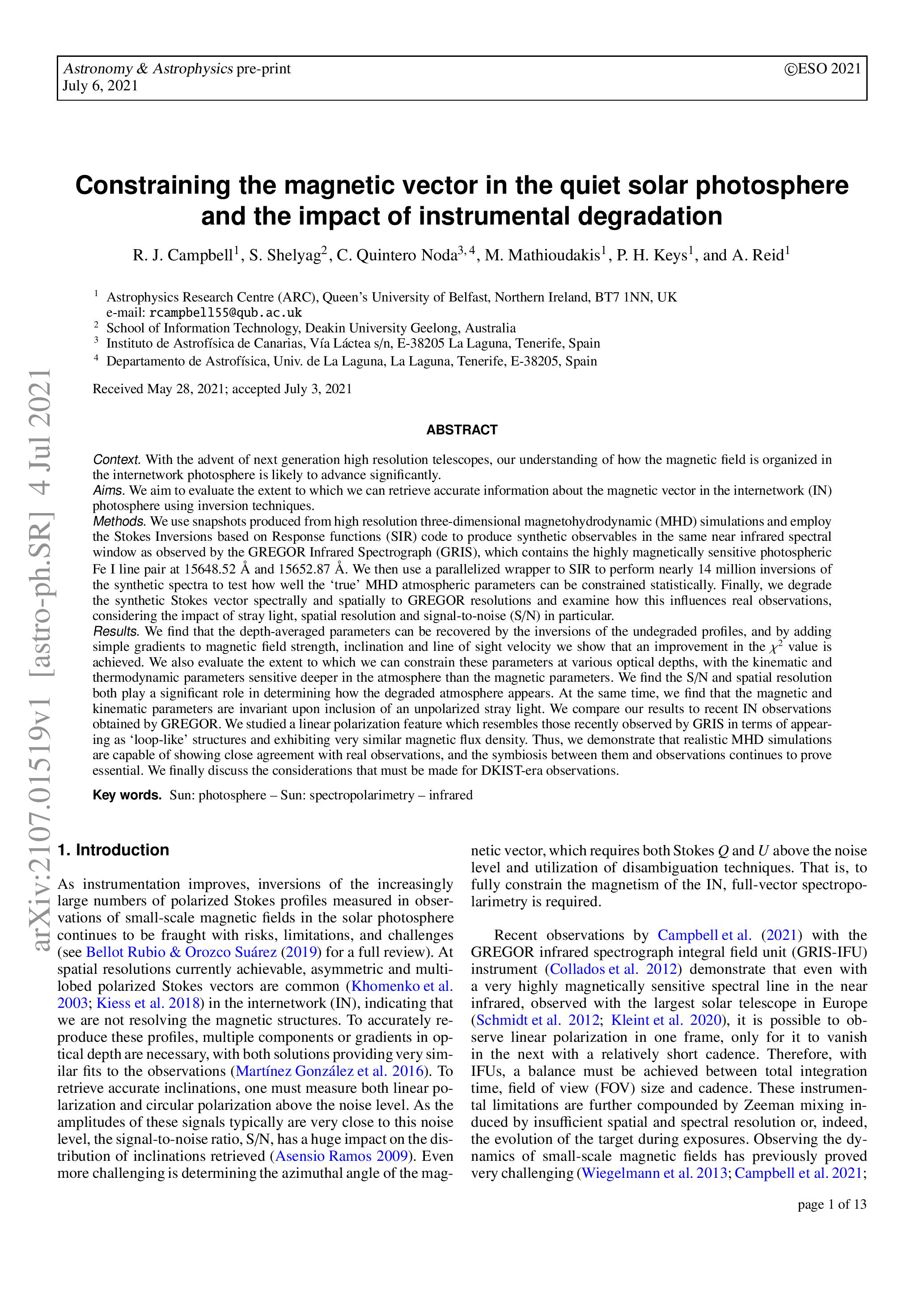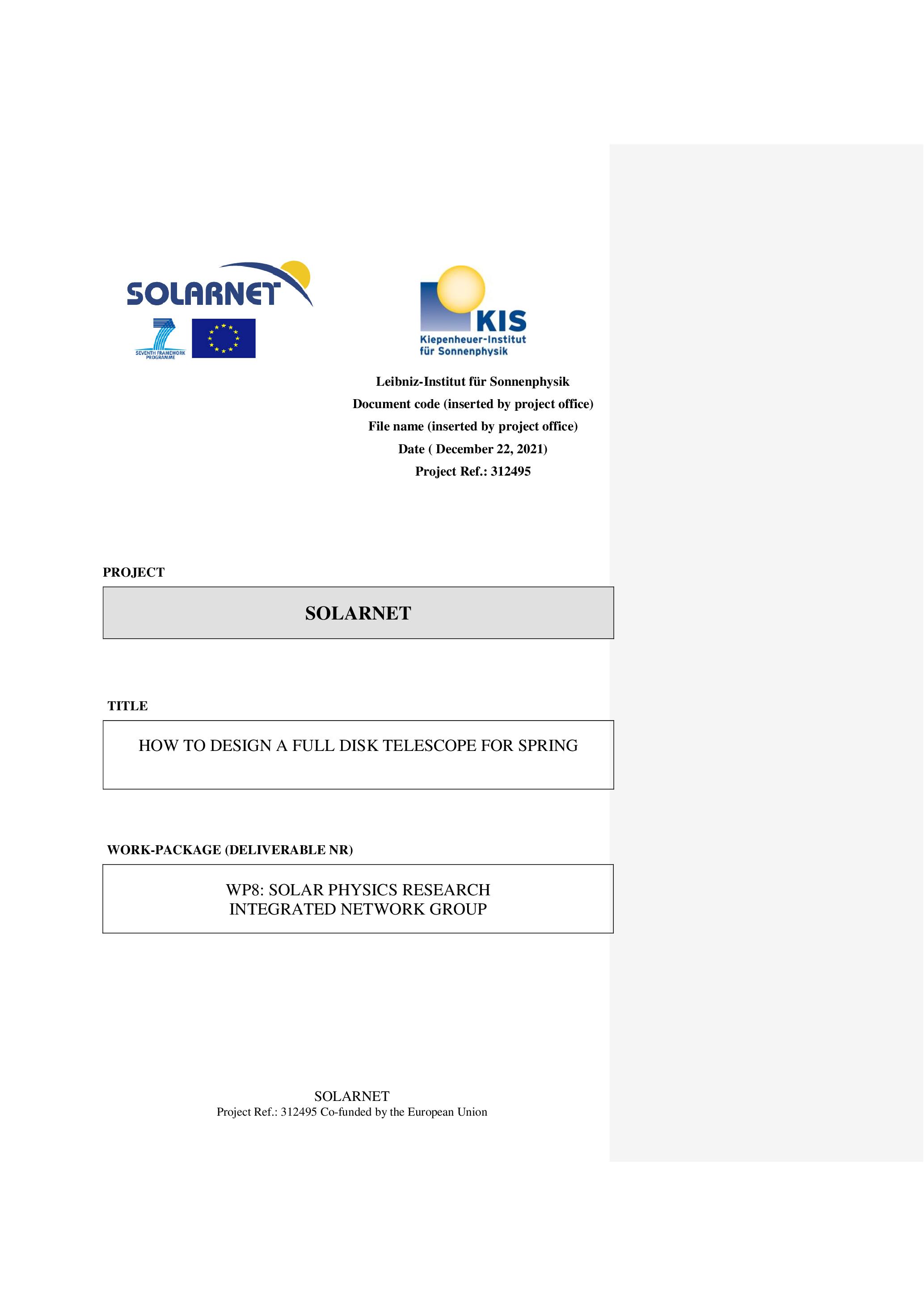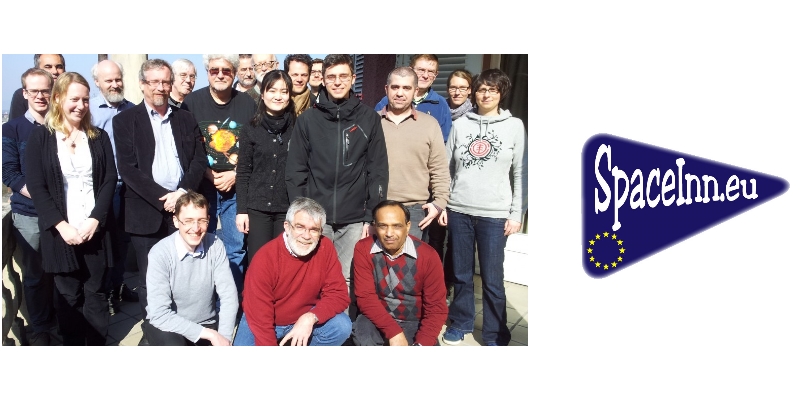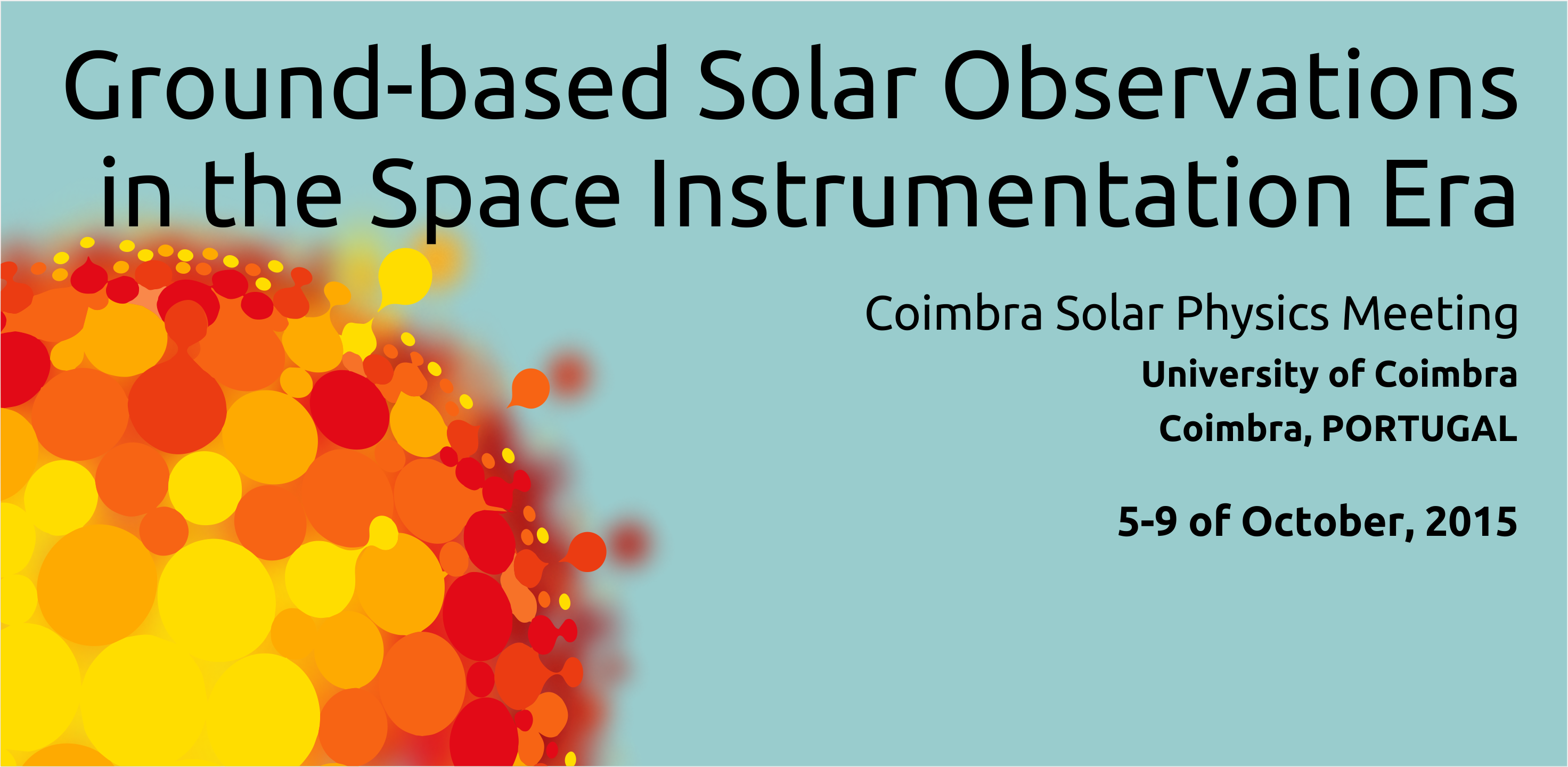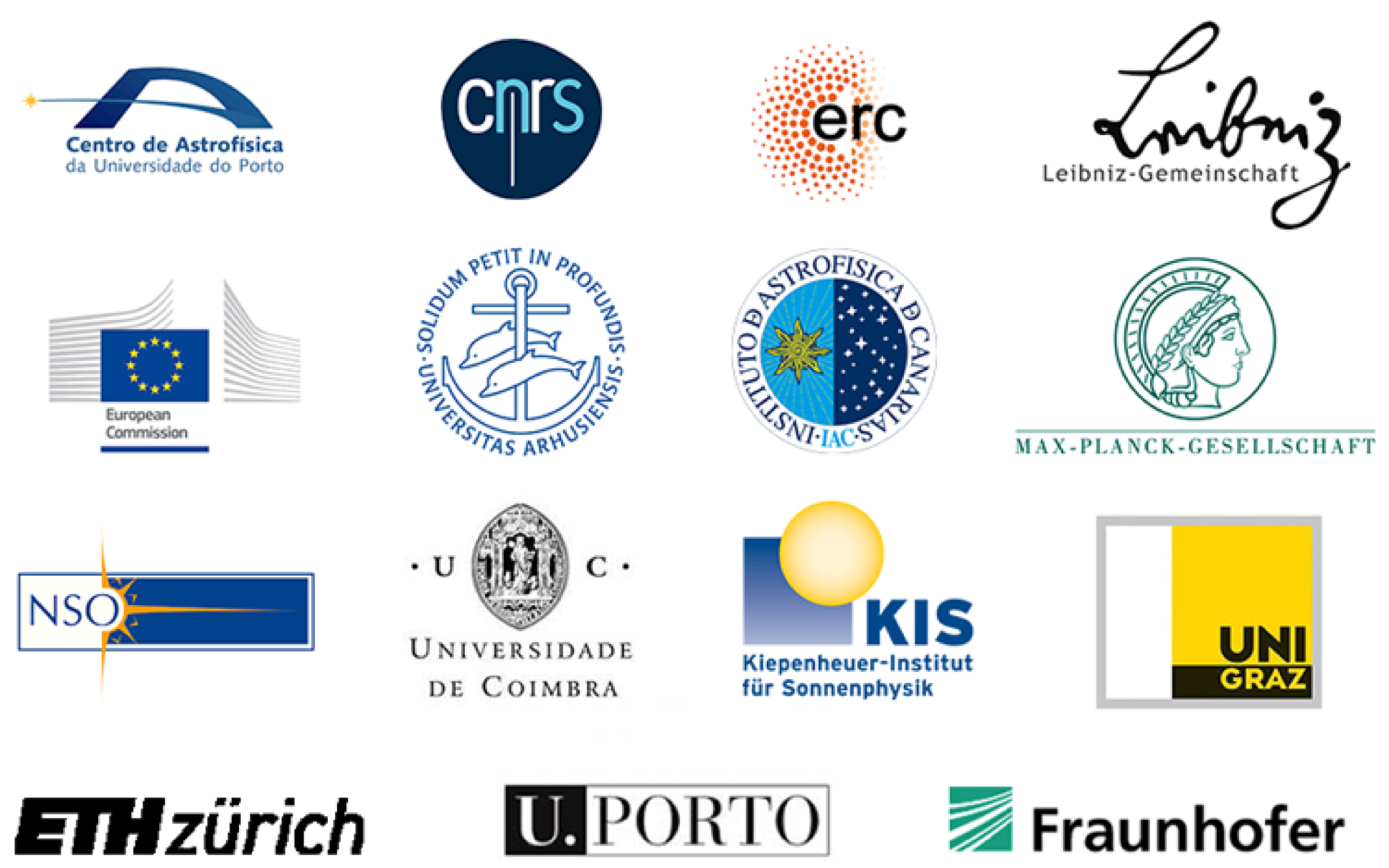Date of upload:
21.12.2015
Co-author:
Gavin Rowell, Matthieu Renaud, Phoebe de Wilt, Fabien Voisin, Yasuo Fukui, Michael Burton, Andrew Walsh, Akiko Kawamura, Andrew Walsh, Akiko Kawamura, Felix Aharonian
Abstract:
We present the results of molecular spectral line observations towards Supernova Remnants such as W28, RX J1713.7-3946 and HESS J1731-347. These remnants exhibit TeV gamma-ray emission, beacons for the presence of enhanced populations of high energy particles. It follows that these objects may accelerate Galactic cosmic-ray protons via the diffusive shock mechanism, but knowledge of the environment local to such remnants is required to constrain such scenarios. The Mopra radio telescope is ideal for probing the interstellar environments of HESS gamma-ray sources through large-scale molecular line surveys. Mopra can be employed to hunt for dense gas-tracing CS and NH3 transitions to identify potential cosmic-ray target material, while simultaneously searching for shock-tracing SiO emission lines which can directly highlight shock-disrupted gas. Furthermore, spectral line width gives an insight into gas dynamics and Mopra is capable of measuring this at a ~1' resolution over degree-scale regions. We present results from recent 7 and 12mm surveys towards the above-mentioned TeV-emitting Supernova Remnants and discuss the implications for distance, the diffusion of cosmic-rays and the high energy gamma-ray spectrum.




